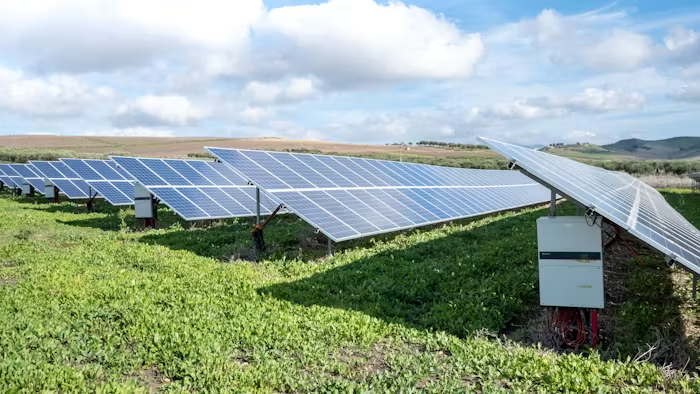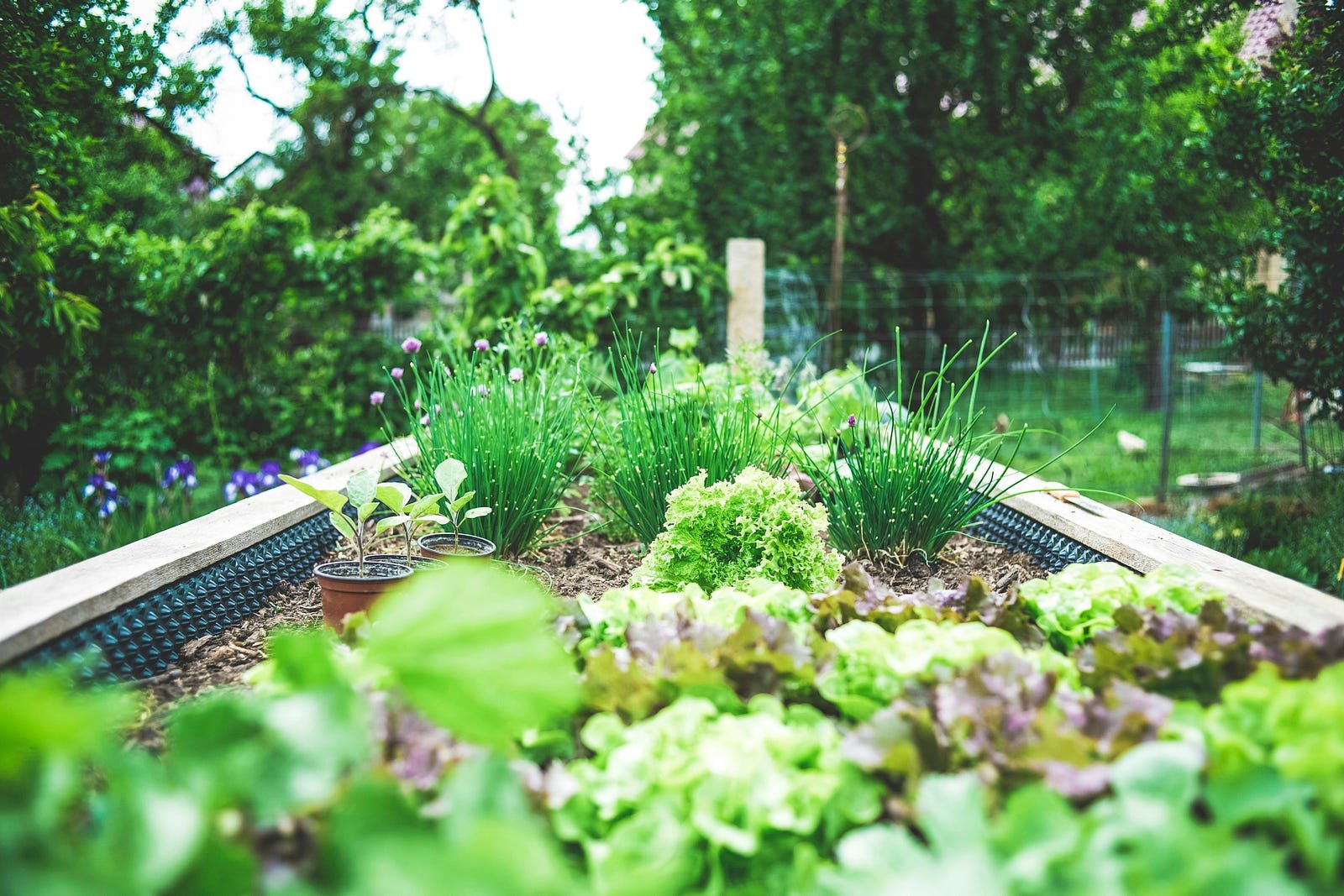In a world increasingly shaped by climate change, food insecurity, and population growth, the way we produce and consume food must evolve. Enter urban farming — a movement that is transforming empty lots, rooftops, and abandoned buildings into vibrant green spaces. More than just a trend, urban farming is becoming a cornerstone of sustainable development.
By bringing food production into cities, urban farming reduces environmental impact, strengthens local economies, and fosters healthier, more resilient communities. Whether it’s a backyard garden, community plot, hydroponic setup, or vertical farm, urban agriculture is changing how we think about food and the spaces in which we grow it.
In this article, we explore the many benefits of urban farming for sustainability and how you can become part of this growing movement.

What Is Urban Farming?
Urban farming, also known as urban agriculture, refers to the practice of growing food within cities and metropolitan areas. It can take many forms, including:
- Community gardens
- Rooftop farms
- Vertical farming
- Hydroponic or aquaponic systems
- Backyard or balcony gardens
- Indoor farms using artificial lighting
Urban farming isn’t just about food — it’s about reimagining the urban landscape for a greener, healthier future.
1. Reduced Carbon Footprint
One of the most significant environmental benefits of urban farming is its potential to lower carbon emissions. Traditional food systems often rely on long-distance transportation, cold storage, and packaging — all of which contribute to greenhouse gas emissions.
Urban Farming Benefits:
- Cuts down on food miles
- Minimizes the need for packaging
- Reduces emissions from refrigerated transport
- Encourages seasonal and local eating
By growing food closer to where it’s consumed, urban farms play a direct role in reducing the environmental impact of our diets.
2. Improved Food Security
As urban populations grow, ensuring access to fresh, nutritious food becomes increasingly challenging. Urban farming offers a local solution by providing fresh produce directly within the community.
Key Advantages:
- Supplements food supply in underserved areas
- Reduces reliance on global supply chains
- Empowers communities to grow their own food
- Helps combat food deserts in low-income neighborhoods
Community gardens, in particular, have proven effective in improving nutrition and food availability in urban areas.
3. Efficient Land Use
Cities are known for their concrete jungles, but even in dense environments, there are opportunities for agricultural production. Urban farming utilizes underused or abandoned spaces for productive purposes.
Examples of Efficient Use:
- Transforming rooftops into farms
- Growing food in vacant lots
- Converting shipping containers into hydroponic systems
- Installing vertical gardens on building exteriors
This approach not only maximizes land use but also enhances urban aesthetics and biodiversity.
4. Water and Resource Efficiency
Modern urban farming often uses innovative growing systems that require less water and fewer resources than traditional agriculture.
Technologies That Save Resources:
- Hydroponics: Grows plants without soil using nutrient-rich water, reducing water use by up to 90%.
- Aquaponics: Combines fish farming and plant growing in a symbiotic system.
- Drip irrigation and rainwater harvesting: Capture and reuse water efficiently.
These sustainable techniques help conserve vital resources while still producing high yields.
5. Strengthened Local Economies
Urban farming also supports economic sustainability by creating jobs and opportunities in local communities. From farm management to education, food processing to distribution, urban agriculture fosters local enterprise.
Economic Benefits Include:
- Job creation, particularly for youth and marginalized groups
- Income generation from selling produce at farmers markets
- Cost savings for households growing their own food
- Reduced municipal expenses through repurposed land and waste management
By investing in urban farms, cities invest in their own economies.
6. Enhanced Community Engagement
Community gardens and shared urban farms bring people together. They become spaces for education, social interaction, and collective action.
Social Sustainability Perks:
- Strengthens neighborhood relationships
- Encourages civic involvement
- Provides educational opportunities on nutrition and agriculture
- Reduces crime rates through increased community presence
When people work together to grow food, they cultivate more than crops — they build connections.
7. Climate Resilience and Environmental Benefits
Urban farms act as green spaces that improve city environments and help buffer against climate-related challenges.
Environmental Impacts:
- Improve air quality through carbon sequestration
- Reduce urban heat island effect with vegetation
- Manage stormwater runoff and reduce flooding
- Support pollinators and urban biodiversity
In the face of rising temperatures and extreme weather events, these benefits are more critical than ever.
8. Education and Awareness
Urban farming serves as a hands-on classroom for people of all ages. It reconnects city dwellers with the source of their food and fosters a deeper understanding of ecological systems.
Educational Outcomes:
- Encourages healthier eating habits
- Teaches sustainable agriculture practices
- Builds environmental literacy
- Inspires youth toward green careers
Schools, non-profits, and municipalities are increasingly incorporating urban farming into educational programming.
How to Get Started with Urban Farming
Whether you’re an individual, community group, or business, starting an urban farm is more accessible than you might think.
Steps to Begin:
- Identify a Space: A balcony, rooftop, backyard, or vacant lot.
- Choose a Growing Method: Soil-based, hydroponic, or container gardening.
- Research Local Regulations: Check zoning laws, water access, and permits.
- Start Small: Begin with herbs or leafy greens and scale up as you gain experience.
- Collaborate: Partner with local schools, nonprofits, or community centers.
Organizations like the Urban Agriculture Collective and local cooperative extensions often provide resources, training, and support.
A Greener Future Starts in the City
Urban farming represents a powerful shift in how we grow and consume food. It’s not just about gardens — it’s about reclaiming our cities for sustainability, resilience, and well-being. In a world facing complex environmental challenges, growing food close to home offers a tangible, hopeful path forward.
By supporting or participating in urban farming, you become part of a global movement to make our cities healthier, greener, and more self-sufficient. The solution to a more sustainable future might just be growing on your rooftop, balcony, or neighborhood corner.










